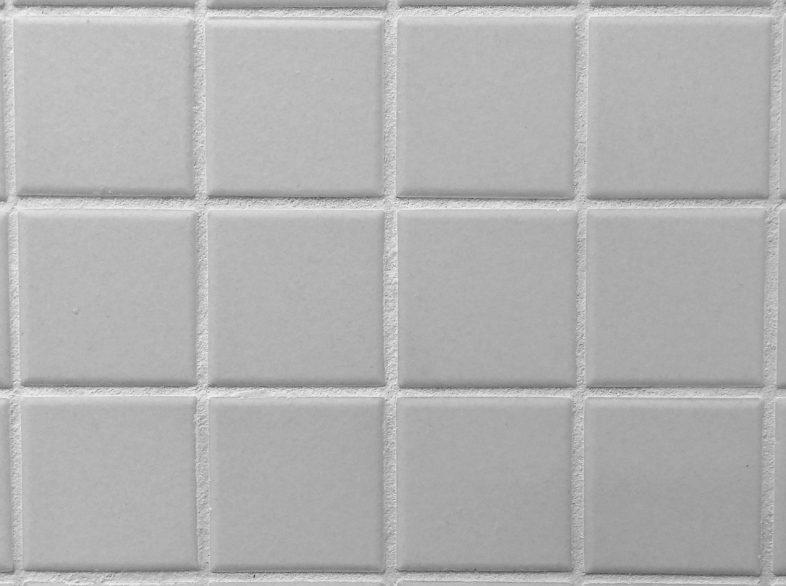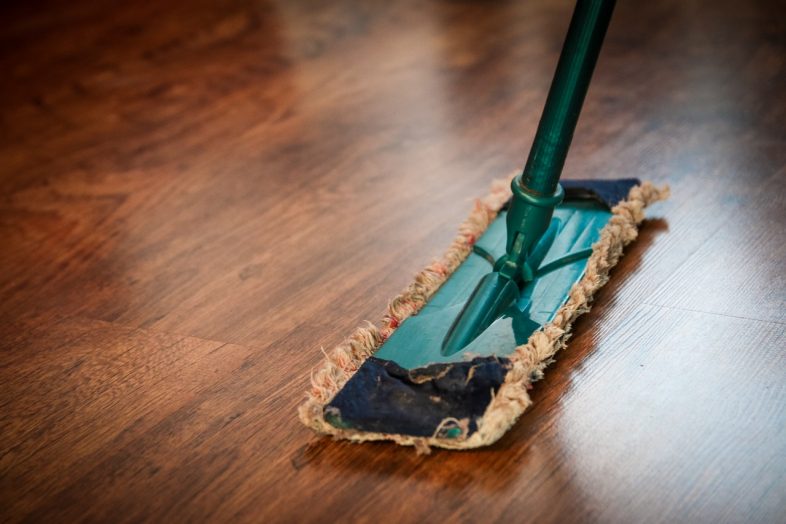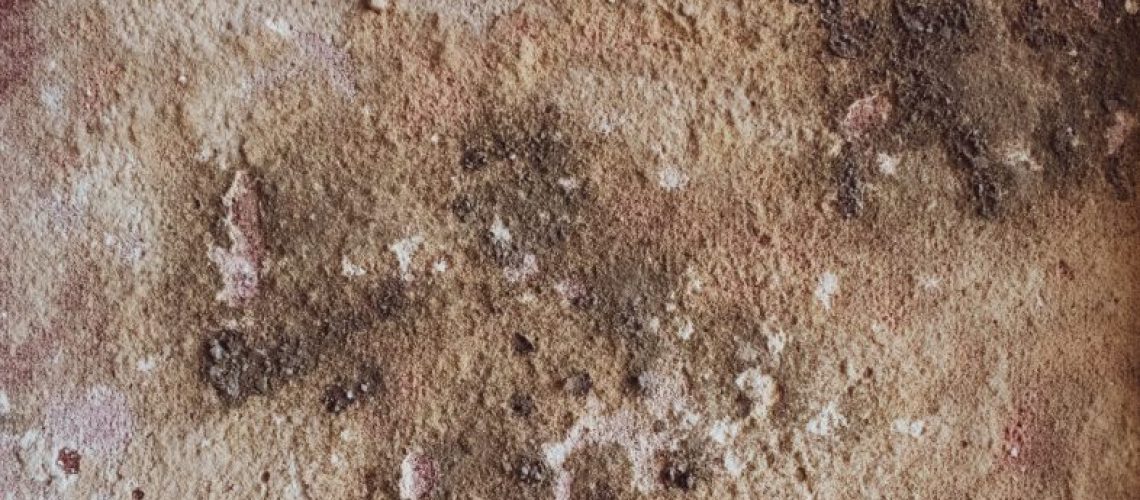An In-Depth Look at How Fast Mold Grows
Due to mold’s microscopic size, it can be hard to determine the rate at which it grows. Mold itself also isn’t visible until mature mycelium growth. This essentially means that paying close attention to the life-cycle of mold is also a surefire way to prevent and handle mold build-up.
In short, under ideal/controlled conditions (humidity and temperature levels) a colony of mold hyphae will germinate a surface in 24 to 48 hours, so long as the surface has moisture (water), oxygen, and nutrients. Due to their small size, mold won’t be visible until the hyphae colony is large enough to form a mycelium. Where-as in a real-world setting, the process of germination and colonization will take 3 to 12 days and will become visible in 18 to 21 days.
The rate at which mold grows is impacted by several factors: availability of substrate (nutrients), moisture levels, ambient temperature, and oxygen levels. Different types of mold will also thrive more in different environments (food source, moisture content, and temperature).
Mold Growth Timeline
A mold growth timeline is hard to illustrate. In many cases people will state that mold grows as fast as 24-48 hours, however this is highly dependent on the substrate and environmental factors.
For instance, grain fungi can germinate quickly in an environment of high-water activity (levels of free water available for microbial growth) taking only a few hours to 1-2 days. However, when the water activity (aw) level is lowered, this process can extend from weeks to months. Inversely, some mold species can thrive at low levels of water activity.
Indoor molds will vary in their moisture requirements being either Xerophilic (low water availability) or Hydrophilic (high water availability).
- Highly Xerophilic Molds (Primary colonizers): Examples include Aspergillus and Penicillium. These molds are capable of growth below 0.85 aw.
- Slighly Xerophilic Molds (Secondary colonizers): Examples include Altemaria and Caldosporium. These molds are capable of growth between 0.85 to 0.90 aw.
- Hydrophilic Molds (Tertiary Colonizers): Examples include Stachybotrys and Chaetomium. These molds require at least 0.90 aw for mold growth.
As you can see, it’s not as simple as saying that mold grows at a fixed rate, especially in a real world setting that features temperature fluctuations, a range of humidity levels, and moisture content.

With that said, most indoor molds follow the same four stage life cycle.
Mold Life Cycle
As long as ideal conditions for germination are present (nutrient source, moisture, and oxygen), mold can grow.
Most mold reproduces asexually via spores. Spores are similar to seeds in that they won’t begin growth until ideal conditions are present. Spores are also highly durable and can remain dormant for years.
While there are thousands of types of mold, most follow the same asexual reproduction pattern: Hyphae growth, spore formation, spore liberation, and germination.
1. Hyphae Growth
Hypha(e) are cellular strands that release digestive enzymes that help to decompose substrate for nutrition. As the hyphae metabolize the organic material, they will form a large colony called a mycelium.
2. Spore Production
When the mycelium is established, the ends of the hypha cells will form spores. The formation of spores is dependent on environmental factors like nutrient availability, oxygen levels, temperature, and light. Without optimal conditions, spores won’t form and the life-cycle process will seize.
3. Spore Liberation
Spores then liberate themselves and are dispersed. Spores are microscopic and can easily travel via airstreams, water, and other mediums. Once spores come into contact with a moisture laden surface the process of germination will start over again. While mold can’t grow until ideal conditions are met, mold spores can lay dormant for years.
4. Spore Germination
Once the spore finds itself on a moisture laden surface that has organic nutrients and oxygen, it will start to germinate and form a hypha cell. The life-cycle then repeats itself.
The presence of a certain species of mold will vary as a function of the growth substrate (gypsum, wood, paper, fabric, etc) and moisture conditions (water activity).
Household Mold Types
Certain species of mold have a preference for different levels of moisture. For instance, if a piece of drywall was wet from a floor level, mold species may appear at different heights on the drywall.
For instance, Stachybotrys chartarum would appear lower on the wall because it’s Hydrophilic and prefers conditions with high water activity. Where-as Cladosporium would be found higher up the wall and Aspergillus and Penicillium would be even higher as they’re slightly and highly Xerophilic respectively.
What produces these mold spores is the omnipresence of the fungal mold spores in the environment, the presence of a substrate for mold to grow on, and moisture levels.
1. Alternaria
There are over 250 species of Alternaria mold. They’re also one of the most common and far reaching. This is because they’re highly concentrated during dry, windy conditions making them more airborne.
Alternaria molds can grow in a wide range of temperatures (33.8 – 95 degrees Fahrenheit). Alternaria can also grow rapidly and achieve mature mycelium growth in just five days.
While Alternaria is usually found outdoors, it can also be found indoors. Again, this is due large in part to being highly airborne. It’s commonly found in carpets, textiles, wallpaper, and dust. As well as damp areas like window frames, showers, and air conditioning systems.
2. Aspergillus
There are nearly 200 species of Aspergillus. This type of mold is commonly found in warmer climates where water damage or extreme moisture levels are present. Aspergillus manifests itself as gray or green flecks on wooden surfaces. However, it can also be found in heating, ventilation, and air conditioning systems.
3. Cladosporium
There are 169 species of Cladosproium. This mold is said to have cosmopolitan distribution and can occur on all sorts of organic (carbon-containing) surfaces. Colonies of Cladosporium will grow rapidly and have a gray/black plush appearance.
Cladosporium thrives in a dark, moist environment. They are common in areas with water leaks, on humid surfaces, or in heating and cooling ducts.
Most species of Cladosporium will thrive in a temperature range of 64 – 82 degrees Fahrenheit. However, some species can exist at temperatures below 32 degrees Fahrenheit and can germinate on frozen meats.

4. Penicillium
There are over 300 species of Penicillium. The Penicillium genus is comprised of some of the most common fungi in the world.
Indoors, penicillium is best-known as an agent of food spoilage. They help contribute towards the growth of visible mold on food products that are improperly stored.
However, this mold species can also manifest itself on wallpaper and its adhesive, fabric, carpet, and fiberglass insulation.
5. Stachybotrys
Stachybotrys is one of the most recognizable indoor molds. It’s commonly referred to as “black mold” or “toxic black mold” because of its greenish-black color and ability to cause severe illness.
Stachybotrys grows on substrate that has a high cellulose content and a low nitrogen content; Materials like gypsum board, paper, fiberboard, and drywall.
This mold is caused by excessive moisture that’s usually a result of flooding/leaks, high levels of relative humidity (RH), or prolonged condensation build-up. For instance, damp surfaces like the bathroom ceiling or wet carpeting.
However, Stachybotrys will develop anywhere with enough moisture content like laundry rooms or around leaky pipes.
Final Thoughts
As you can see, it’s not as simple as outlining a mold growth timeline. There are thousands of species of mold, all of which can grow faster and slower depending on the factors outlined above. Most sources will reference lab-controlled analysis where-in the ideal conditions for mold growth are present. This simply isn’t how the real-world works.



